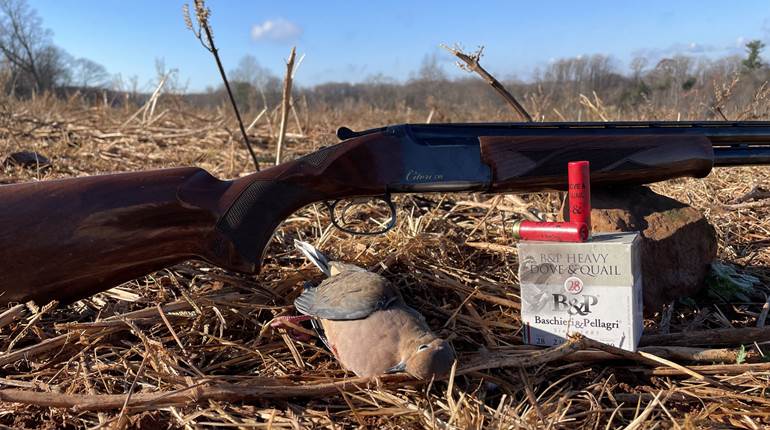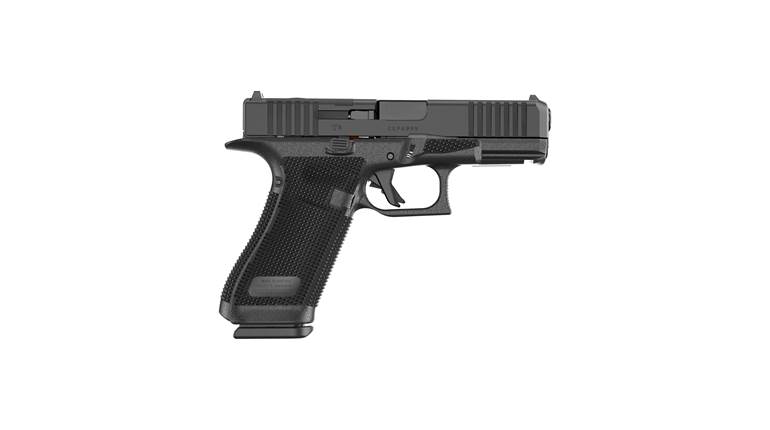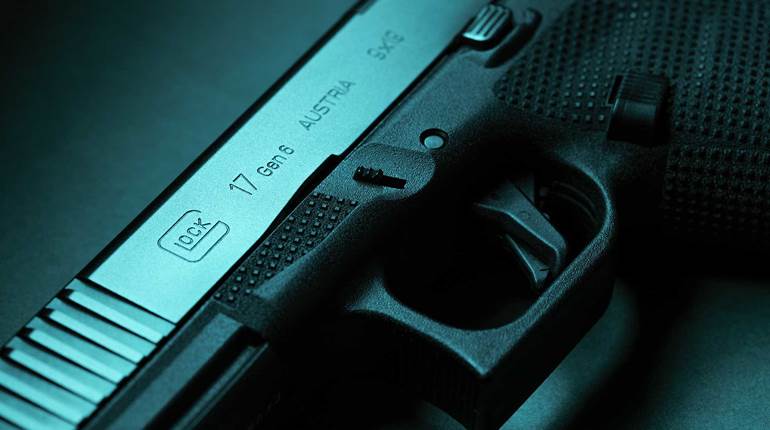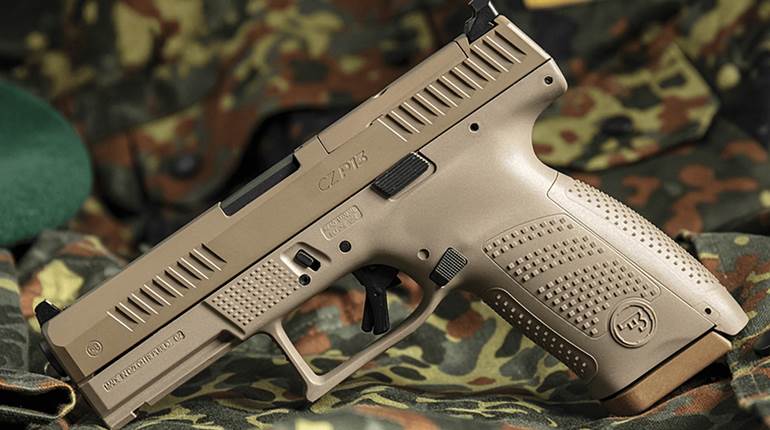
Fans of the venerable M1911 platform and the .45 Auto chambering often describe it less-than-colloquially as “an answer to a question that no one asked”; however, the .45 Glock Automatic Pistol (G.A.P.) cartridge deserves recognition for its merits, of which there are several. First, whereas the stalwart .45 Auto has maximum cartridge overall length (C.O.A.L.) of 1.275”, the .45 G.A.P.’s C.O.A.L. is 1.137”, which is only 0.002” longer than that of the .40 S&W, and 0.004” longer than the 9 mm Luger. This enables the .45 G.A.P. to be chambered in pistols with grip sizes (length-wise) that are suitable for the 9 mm Luger and .40 S&W, which is a boon for those with smaller hands yet who have a desire for .45 Auto ballistics.
To equal the external ballistics of the .45 Auto in 0.138”-shorter case, however, required an increase in the maximum average pressure (M.A.P.); according to Speer Bullet’s Reloading Manual No. 14, the .45 G.A.P.’s M.A.P. is set at 23,000 p.s.i., which is identical to the .45 Auto +P, itself 2,000-p.s.i. higher than the .45 Auto. Indeed, across the bullet weight spectrum, the .45 G.A.P. offers velocities that compare satisfactorily with the .45 Auto. For example, Federal Premium's Personal Defense 230-gr. Hydra-Shok JHP G.A.P. load attains 880 f.p.s., whereas the same bullet reaches 900 f.p.s. in the .45 Auto-that’s a difference of 20-f.p.s. and 19 ft.-lbs in the favor of the latter. The .45 G.A.P.’s case differs in that uses a small pistol primer, has a slightly rebated rim, and the internal taper and web height differ from its elder, so .45 Auto brass cannot be shortened for use in the .45 G.A.P.
Despite the cartridge’s capabilities, for several reasons the .45 G.A.P. has struggled since its introduction in 2003. Foremost, the John Moses Browning-designed .45 Auto is to entrenched in the American psyche, and with a nine-plus decade head start, there’s simply no “catching up.” The availability of .45 Auto ammunition and components is near universal, and there’s a better selection (especially for the newest loads). For example, although MidwayUSA carries 24 .45 G.A.P. loads, it sells 137 options in .45 Auto. Ammunition cost is comparable. Finding .45 G.A.P. component brass, though, could prove challenging, as the aforementioned retailer lists only two options, and both are out of stock. It’s unlikely that you’ll find in the sweepings of a local range, either. Such is not the case with .45 Auto. That being said, I will add that, at the height of the ammunition shortage, walking into a local gun shop revealed a case worth of dust-covered American Eagle 230-gr. TMJ ammunition prominently displayed on the shelf, whereas there were zero boxes of .45 Auto; less common can oftentimes be beneficial.
Also limiting its success was the lack of handguns chambered for the round. Naturally, Glock chambers its namesake; in fact, its Model 37 (full-size), 38 (compact), and 39 (sub-compact) pistols are still available, and the former in the new Gen4 version. Springfield Armory also dabbled with the cartridge in its XD series semi-automatic handguns, albeit only from 2005-2007; evidently, other manufacturers didn’t see a reason to chamber their pistols for the Glock cartridge. As such you either have to find a used Springfield or go with a Glock. That being said, it’s still a worthwhile cartridge that will serve its users well.





































